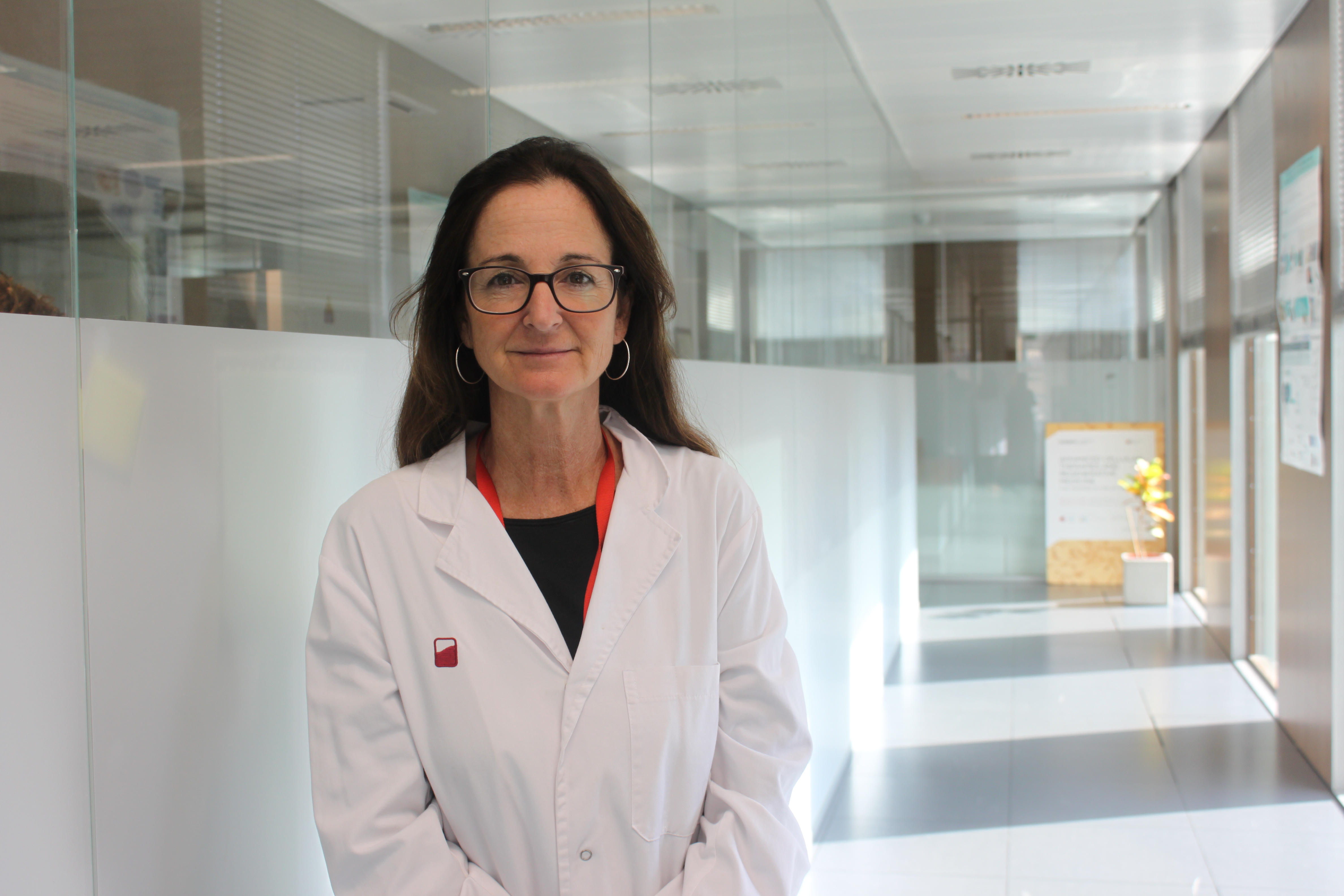
Graduated from Medicine School at Autonomous University in Barcelona (1997) and Certified Transplant Coordinator for the European Transplant Coordinators Association (ETCO) and Transplant Procurement management (TPM) in1999. Executive Master on Leading Health Organizations in ESADE Business School Barcelona 2012-2014; 2016-217. Associate teacher for the University of Barcelona (UB) since 2016.
Organ and tissue Transplant Coordinator in Clinic Hospital from 1997 to 2007. Multi-Tissue Bank Director in Banc de Sang i Teixits, Barcelona from 2007-2015. Since 2015, Organ and tissue vigilance officer in Catalan Transplant Organization (OCATT) and Medical coordinator for Notify Project (World Health Organization) until present.
Education experience: Teacher in more than 70 training activities mainly in organ and tissue donation and transplantation, tissue banking and biovigilance. 20 years director of the International online Tissue Banking Course (UB) and coordinator of the Spanish Biovigilance course on biovigilance for 7 editions.
International Projects participation: Coordinator of the European Quality System for Tissue Banking (EQSTB 2006), SANCO Project and participant in 7 European Projects initiatives. Expert for the “Guide to the Quality and safety of Tissues and cells” for human application since 4th edition.
Scientific publications: 29; Book Chapters:4; Congresses presentations:71
Planning to improve organ and tissue quality and safety: biovigilance training activities
Aurora Navarro Cantullera1, Imma Ariete3, Marta Albalatera2, Beatriz Mahillo2, Jaume Tort3.
1Department of Biovigilance, Catalan Transplant Organization, Barcelona, Spain; 2Spanish Transplant Organization (ONT), Madrid, Spain; 3Catalan Transplant Organization (OCATT), Barcelona, Spain
Introduction: All the activities for organ and tissue donation and transplantation require protocols, and training to ensure quality and safety to cover the whole process. Many training courses are available related to each one of the steps such as donor referral, selection criteria, procurement and transplantation. There is though, Biovigilance process that directly could impact the organ and tissue quality and safety which also requires training. The following presentation will show the experience on biovigilance training in Spain on organ and tissue donation and transplantation since 2017 together with the number of notifications received at the Spanish National Biovigilance System.
Methods: The course “Donor disease transmission prevention and risk control for organ and tissue transplantation” is organized by the Spanish National Transplant organization (ONT) and the Catalan Transplant Organization (OCATT) divided in theoretical and a clinical sessions. The theoretical part includes three modules: one module is on legislation and the national vigilance protocol and organizational aspects at national, regional and hospital level. The second module is on infectious disease, malignancy risk and differences on non-standard risk donors versus vigilance notifications. Finally the third module includes hemovigilance, tissue banking, incidences during surgery and complications after organ and tissue transplantation. Clinical sessions are focused to present vigilance clinical cases with special educational outcome.
Results: Since 2017, seven courses on biovigilance (2017-2023) have been organized with more than 200 participants. The course evaluation content by participants will be presented for five years because on 2017 the course did not have content evaluation and 2023 course the information is not yet available. During 4 years the courses were face to face and had to be switch to online from 2021 to 2023.
Table 1shows that the global course evaluation was rated between 4,33-4,64 over 5 and the applicability to their job was 4,51. Table 2 shows an increase of organ and tissue notifications in the Spanish Biovigilance System for organs and tissues since the start of the training program, from 93 notifications in 2018 to 177 in 2022.
Conclusion: Seven courses on preventing donor disease transmission and detecting risks through the Biovigilance system have been organized and managed by the ONT and OCATT. Since then, every year more participants wants to register and there are more vigilance notifications in the Spanish Biovigilance System (almost doubled in 5 years globally). Even though, taking into account the advantages and drawbacks of online and face to face courses, the proposal for next years is to convert the course in a blending learning with online theoretical lessons and face to face clinical cases discussions.